From Local to Global
A Paradigm Shift
I moved to Princeton, New Jersey from Los Angeles in 1995 for an opportunity to produce plays for McCarter Theater. I moved from a flagship institution (the Mark Taper Forum) at the center of a major metropolis to an emerging flagship whose context was the entire state. I was lured by artistic director Emily Mann and her fierce determination to create work that mattered; by McCarter's diverse array of presented events in music and dance; and by the proximity to New York and Philadelphia. I also discovered New Jersey's great inferiority complex.
New Jersey is a conundrum. There is no unifying identity, no urban center that serves as the state's economic and/or cultural focal point (unless you count New York or Philadelphia—oh wait, they aren't in New Jersey!). From the industrial centers along the NJ Turnpike, to the pristine suburban towns like Princeton, the Jersey Shore, the Pine Barrens, Camden, Trenton and Newark—it is a disparate and disconnected collection of communities. How I envied Chicago, Seattle, and Washington, DC, who (at least from afar) have a rich theatrical community and ample opportunity for cross-fertilization of artists, theatres and ideas. With New York looming across the river, I quickly learned that the New Jersey artistic community was always looking over its shoulder. Many would-be patrons would often bypass the incredibly rich theatre-going opportunities in this state in favor of more expensive, time-consuming outings to New York, under the impression that the geography dictated inherent superiority. I'll never forget a most disheartening slogan put out by the state arts council (the result of focus groups and branding campaigns) shortly after my arrival, "New Jersey Arts: Better than you'd Expect." Sigh.
I observed how the audience you have impacts how you think about creating work, and I was grateful for our core audience who for many years allowed their intellectual curiosity and willingness to stretch beyond their comfort zone and defy market pressures that were felt elsewhere.
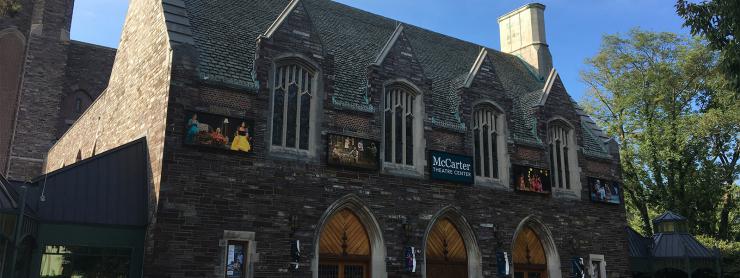
It took me a while to understand where I was when I landed at McCarter. For the rest of the state's inferiority complex, the opposite was true in McCarter's home community of Princeton. I was immediately struck by a sense of pride in this very unique town. After the anonymity of creating theatre in Los Angeles, where most residents thought that theatre is what you did while you were waiting to break into film or television, producing theatre in Princeton brought a different kind of stature. It was a new experience for me to have people stop me in the grocery store aisle, or in the hallway of my daughter's school, to talk to me about their most recent McCarter experience. I felt connected to my community. Immediately, I understood how the work we were creating on our stages was affecting our audiences, and I felt accountable for their experience. I observed how the audience you have impacts how you think about creating work, and I was grateful for our core audience who for many years allowed their intellectual curiosity and willingness to stretch beyond their comfort zone and defy market pressures that were felt elsewhere.
McCarter is unique among theatres of its size and scale. Located in Princeton, NJ, McCarter enjoys a strong connection with Princeton University as well as the town of Princeton and surrounding communities. With a leading university and a corridor of pharmaceutical and finance corporations headquartered in the area, the theatre is able to draw upon a highly educated and engaged audience. The building features two theatre spaces: The Matthews Theatre, a traditional broadway-style proscenium with over 1,000 seats, and the Berlind Theater, a more contemporary proscenium with 380 seats. Unlike most of our peer theatres, McCarter is not located in an urban center, but rather a small and lively community of 30,000, with audiences that come from Mercer, Hunterdon, Burlington, Middlesex, Somerset, Monmouth, Union, Essex, Morris, Ocean and Bucks counties.
McCarter's proximity to New York (just over an hour or so by train) comes with many advantages. Although we were making work first and foremost for our local community, we were able to attract New York artists (many of whom live in New Jersey) who were able to stay close to home while creating their work. They could escape the daily distractions of New York life and retreat to Princeton, giving the work and the company building that goes along with great collaboration time to gestate in a safe and nurturing environment. We were far enough away from the theatre district to feel protected, but close enough to be convenient. As staff members, we could regularly attend lab events and performances in New York, staying abreast of current trends and new voices. And we were able to build a sense of artistic community among our New York peers, in lieu of our own disparate and decentralized roster of artists residing in New Jersey. In those early years (before parenting), my personal community of friends grew out of the New York theatre community, and I was at home there as much as in Princeton.
Despite the best laid efforts of resident theatre pioneers to provide an alternative paradigm, we still make work in a New York-centric environment, and working in New Jersey only exacerbates this fact. While many of our regional peers feel obliged to bring New York's most recent off-Broadway and Broadway offerings to their local audiences, we at McCarter were determined to make work that began at our theatre and might then impact the New York and national canon. Sometimes this was valiant, other times it was hubris. There was a temptation by some to measure success by whether or not a show transferred to another theatre. On the flip side, those national successes came back to benefit our audiences in ways difficult to measure—by attracting ever higher caliber artists who viewed McCarter as a wonderful platform for launching their work. Regardless, there was a palpable tension between serving local and national ambitions, and varying opinions about the strategic merits of either. This is by no means an issue limited to McCarter and other New York-adjacent theatres It is a national struggle, perhaps felt more acutely because we are just a commute away.
After nearly two decades in New Jersey, and several years in Los Angeles before that, the way in which working in a resident theatre shaped the work we were making began to gnaw at me. I felt myself chafing at the very limitations that had once felt like nurturing, supportive parameters. There was a diverse range of work that I wanted to help create, and I knew of no existing institutional model that could contain its entirety. It was time to look beyond geography and real estate and LORT as defining characteristics of the theatre I was producing. This feeling led to a quantum leap out of institutional life to make a new model of theatre-making that is flexible and far-ranging, and my new company (Octopus Theatricals) was born.
As I am in the midst of change, the requisite distance for objective observation is sorely lacking. But what I know is this. The models on which most of our non-commercial theatre are based revolve around institutions. In the case of not-for-profit producing theatres (which have been my home for twenty-three years), subscriptions slots and architectural parameters become the organizing principle under which programming is assembled. Place means everything. And in this market-driven (as opposed to mission driven) economy, where ticket sales have become ever more critical to meet the financial needs of our theatre organizations, risk-taking becomes increasingly difficult and rare. I have also observed a diminishing appetite for risk among audiences with many theories as to the cause, most of them tied to increases in ticket prices (higher price equals a need for a guarantee of experience), the prevalence of alternative forms of entertainment and engagement, and the shift to product oriented consumerism in the digital age. Meanwhile, these institutions, now centers in their communities, are also charged with sustaining themselves, ensuring their place and value for future generations. This charge can come into conflict with many of the principles on which they were founded and yet seems inevitable when one considers the alternatives.
What would happen, I wondered, if I had the freedom to follow my artistic heart first? And what if I didn't have the financial overhead burdens (no building, no staff) faced by our leading theatres, allowing a more nimble approach to the work? What if I could generate work based on artistry and content and then find (or invent) the appropriate model for bringing it to life before an audience? And what if I could do this from my home base in New Jersey?
To be clear, this is not some creed against institutional or resident theatre. Without the experiences I've had, the collaboration with boards, staff, artists and community, I would not have the knowledge or freedom to be taking this step, nor would the ability to produce under an alternative model exist if the major institutions were not a part of the ecosystem.
With a daughter now in middle-school, we recognize the importance of a great public educational system, a community that thrives on intellectual discourse and international diversity, and a core group of friends here who have become our "village" and network of support.
While my artistic life expands to embrace a global paradigm, I continue to grow deeper personal roots in my home community of Princeton. Part of this change includes a focus on domestic life, an essential element in cultivating balance in the otherwise frenetic world of theatre-making. With a daughter now in middle-school, we recognize the importance of a great public educational system, a community that thrives on intellectual discourse and international diversity, and a core group of friends here who have become our "village" and network of support. I am still able to leverage the proximity to New York, to which I commute two days each week, as well as Newark Airport, forty-five minutes away and the connecting point to my work in other places. And then there is the University itself, where I teach as a visiting lecturer, and where I am reminded daily of the importance of inquiry and experimentation for its own sake. These are all significant contributing factors in my willingness to take this risk, and in understanding the importance of a genuine home base while the work is far flung.
So now I am a theatremaker in New Jersey, creating a new producing model that eschews boundaries, allowing the work to define the audience and producing structure as opposed to the other way around. My shift to an independent model has only expanded my theatrical community and has increased the potential for impact on myriad audiences. The theatre I make now happens all over the world and with a variety of aesthetic and financial approaches. From commercial, Broadway-bound musicals to experimental international collaborations, I am drawing on the richness of my community to make work in new ways. This model is an experiment. Only time will tell if it has any real traction.

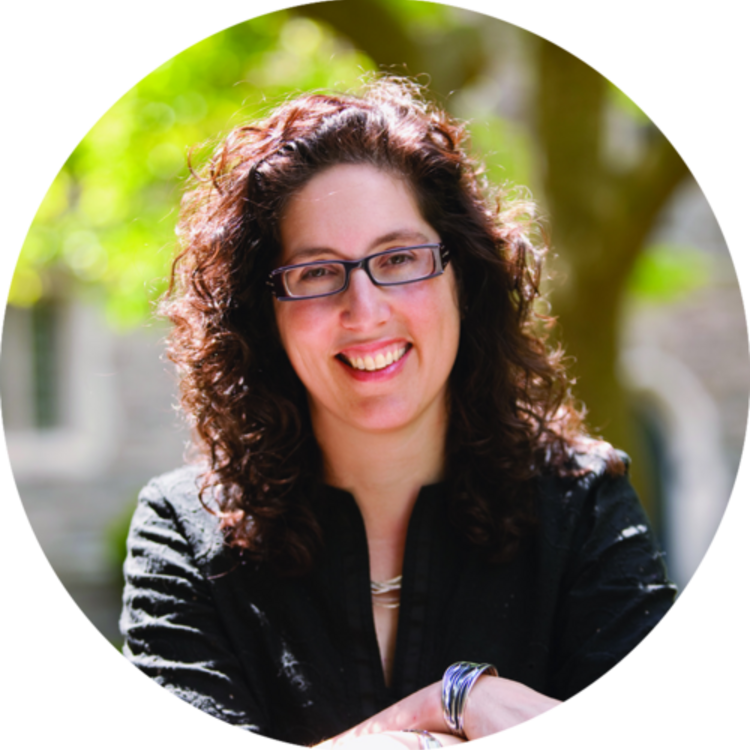
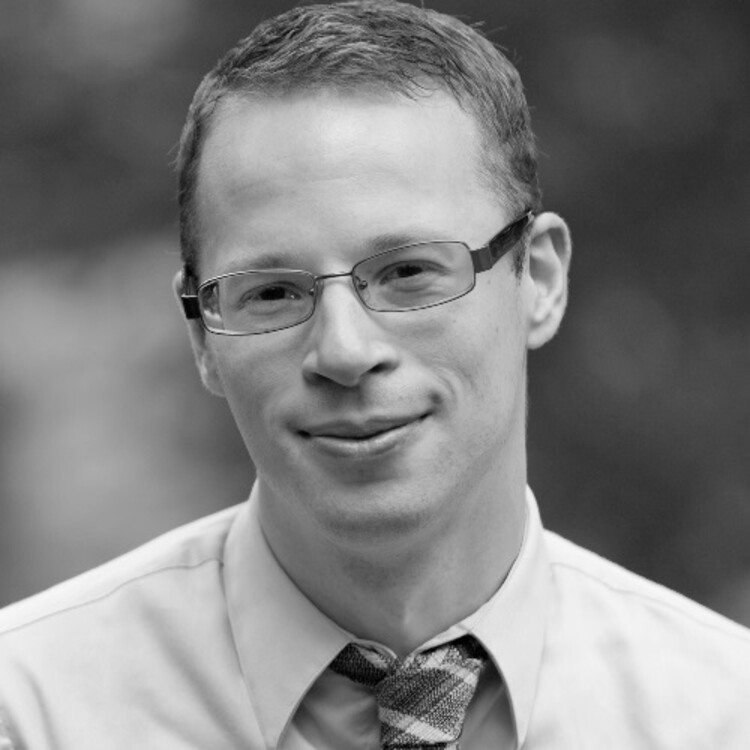
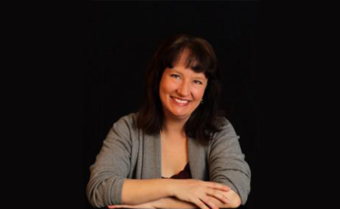

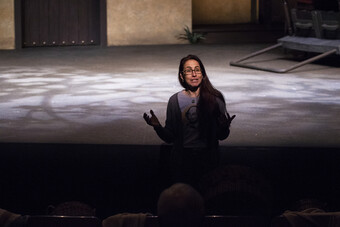



Comments
The article is just the start of the conversation—we want to know what you think about this subject, too! HowlRound is a space for knowledge-sharing, and we welcome spirited, thoughtful, and on-topic dialogue. Find our full comments policy here
Congrats, Mara! I have no doubt that this shift is for the greater good and so glad to see another HowlRound piece lauding the Princeton, NJ community as an embracing, artistic hub since it is where I spent an amazing four years across the street and engaging with the McCarter community as well! Best wishes with Octopus Theatricals!
Hey, Mara! Great article. The slogan was, "Expect the Unexpected!"
Thanks for your risk. I am a big fan of Princeton. I think that will be a healthy garden for your to grow.
Welcome.